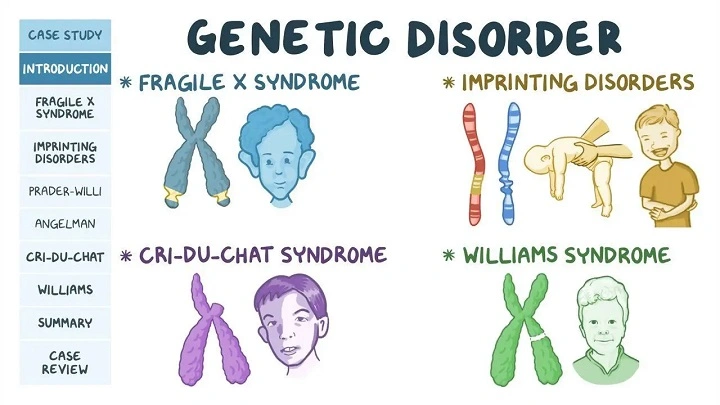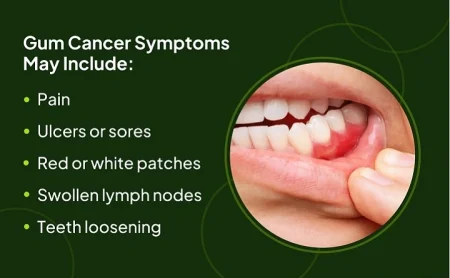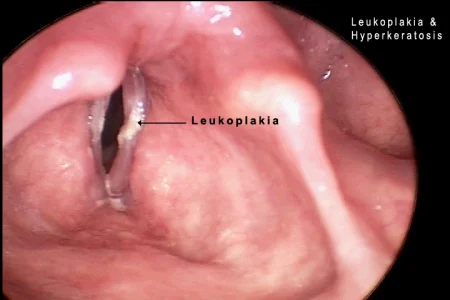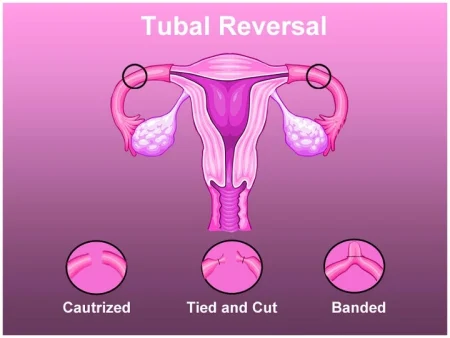In the intricate tapestry of life, the transmission of genetic material from one generation to the next forms the foundation of heredity. Embedded within this process lies the potential for both the continuity of desirable traits and the propagation of hereditary diseases. Understanding how hereditary diseases are passed from one generation to another is not only pivotal in unraveling the mysteries of human biology but also holds profound implications for medical science and genetic counseling. In this comprehensive guide, we embark on a journey to explore the mechanisms underlying the inheritance of genetic disorders, shedding light on the intricate interplay of genes, chromosomes, and inheritance patterns.
Genetics 101: A Primer on Heredity
Before delving into the complexities of hereditary diseases, it is imperative to grasp the fundamental principles of genetics. At the core of heredity are genes, the hereditary units located within the DNA (deoxyribonucleic acid) of every living organism. Genes carry the instructions necessary for the development, functioning, and reproduction of an organism, dictating traits ranging from physical characteristics to susceptibility to diseases.
The Blueprint of Heredity: DNA and Chromosomes
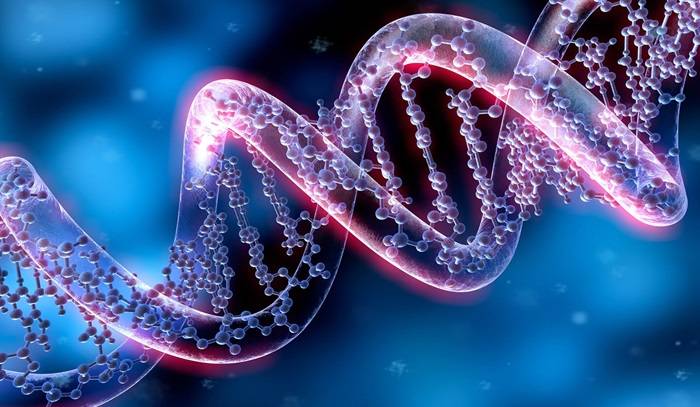
DNA serves as the blueprint of heredity, encoding the genetic information that is passed down from parents to offspring. In humans, DNA is organized into structures known as chromosomes, which exist in pairs within the nucleus of each cell. These chromosomes come in homologous pairs, with one chromosome inherited from each parent.
Modes of Inheritance: Unraveling the Genetic Code
Hereditary diseases can be inherited through various modes of inheritance, each governed by distinct patterns of genetic transmission. The elucidation of these inheritance patterns is crucial in predicting the likelihood of a disease manifesting in offspring and guiding genetic counseling efforts. The primary modes of inheritance include:
- Autosomal Dominant Inheritance:
- In autosomal dominant inheritance, a single copy of the mutated gene from either parent is sufficient to cause the disease.
- Examples of autosomal dominant disorders include Huntington’s disease and Marfan syndrome.
- Autosomal Recessive Inheritance:
- Autosomal recessive diseases manifest only when an individual inherits two copies of the mutated gene, one from each parent.
- Conditions such as cystic fibrosis and sickle cell anemia follow autosomal recessive inheritance patterns.
- X-linked Inheritance:
- X-linked inheritance involves genes located on the X chromosome, with males being more commonly affected due to their single X chromosome.
- Hemophilia and Duchenne muscular dystrophy are notable examples of X-linked recessive disorders.
- Y-linked Inheritance:
- Y-linked inheritance, as the name suggests, involves genes located on the Y chromosome and is passed exclusively from father to son.
- Y-linked disorders are relatively rare, with examples including Y-linked hearing impairment.
- Mitochondrial Inheritance:
- Mitochondrial inheritance involves genes located in the mitochondria, the energy-producing organelles within cells.
- Diseases such as Leber’s hereditary optic neuropathy (LHON) are inherited exclusively from the mother, as mitochondria are passed on through the maternal lineage.
The Role of Genetic Mutations: From Ancestral Origins to Modern Consequences
At the heart of hereditary diseases lie genetic mutations, alterations in the DNA sequence that can disrupt normal gene function and give rise to disease phenotypes. These mutations can arise spontaneously or be inherited from one or both parents, serving as the molecular basis for a diverse array of genetic disorders. Understanding the origins and consequences of genetic mutations is instrumental in elucidating the mechanisms of hereditary diseases and devising strategies for their prevention and treatment.
Genetic Testing: Pioneering the Path to Precision Medicine

Advancements in genetic testing technologies have revolutionized the field of medical genetics, offering unprecedented insights into an individual’s genetic makeup and susceptibility to hereditary diseases. From karyotyping and chromosomal microarray analysis to next-generation sequencing (NGS) techniques, genetic testing empowers clinicians to diagnose hereditary conditions, predict disease risk, and tailor personalized treatment regimens. Moreover, genetic counseling services play a pivotal role in guiding individuals and families through the complexities of genetic testing, facilitating informed decision-making and psychological support.
Emerging Frontiers in Hereditary Disease Research
As our understanding of genetics continues to evolve, so too does the landscape of hereditary disease research. From exploring the epigenetic mechanisms underlying gene expression to harnessing the potential of gene therapy in treating genetic disorders, scientists are at the forefront of groundbreaking discoveries that hold promise for the prevention and management of hereditary diseases. Furthermore, collaborative initiatives such as the Human Genome Project have paved the way for large-scale genomic studies, unraveling the genetic basis of complex diseases and laying the groundwork for precision medicine approaches.
Navigating the Genetic Odyssey
In the grand tapestry of human existence, the journey of heredity spans generations, weaving together the threads of genetic inheritance and familial legacy. From the triumphs of scientific inquiry to the challenges of hereditary diseases, our understanding of genetics serves as a beacon of hope in the quest for healthier futures. As we unravel the mysteries of hereditary transmission, let us embark on this odyssey with reverence for the past, curiosity for the present, and optimism for the future of genetic medicine.
By elucidating the intricate mechanisms through which hereditary diseases are passed from one generation to another, we empower ourselves to navigate the genetic landscape with wisdom and compassion, forging a path towards a world where genetic diversity is celebrated, and hereditary diseases are but a footnote in the annals of history.


